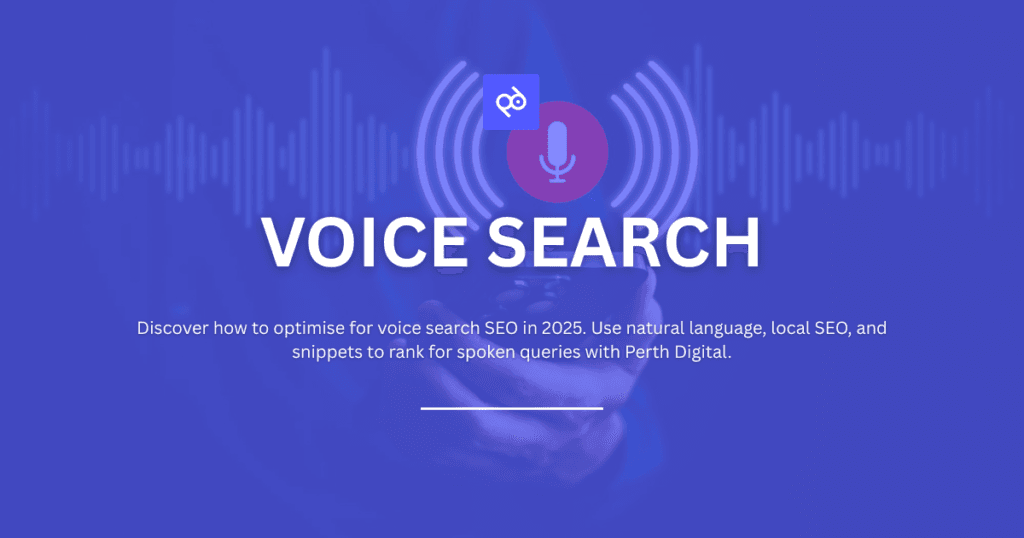Voice Search Optimisation in 2025: A Practical Guide for Businesses

Typing isn’t the only way people search anymore. From smart speakers in living rooms to virtual assistants on mobile devices, voice-powered search is now part of daily life. This shift is changing SEO forever. If your business wants to stay visible, optimising for spoken queries is no longer optional, it’s essential. In this guide, we’ll break down what voice search SEO is, why it matters, and how to optimise your content so it’s chosen as the answer when users ask their devices a question. What Is Voice Search SEO? Voice search SEO means tailoring your website and content so that it ranks for spoken queries on devices like Alexa, Siri, and Google Assistant. Unlike text searches, which are often short (“Mexican restaurant California”), voice searches are longer, conversational, and question-based (“What’s the best Mexican restaurant near me in California?”). To succeed, businesses need to: The closer your content matches real speech, the more likely it is to surface in voice results. Why Voice Search Deserves Your Attention 1. Voice Tech Adoption Is Exploding Smart speakers like Google Nest and Amazon Echo are now common household tools. In the UK, 30% of adults use digital assistants daily for weather updates, entertainment, and searches. Ignoring voice means ignoring a growing segment of searchers. 2. Search Behaviour Has Changed People don’t talk like they type. Instead of keyword fragments, they use full questions and natural phrasing. SEO now needs to align with conversational patterns. 3. Position Zero Is the Prize When a voice assistant answers, it often pulls from Google’s featured snippets. That means ranking in “position zero” dramatically boosts your chances of being the spoken response. How to Optimise for Voice Search 1. Write in a Conversational Tone Adopt language that feels natural. For example: This makes your content more likely to match real voice queries. 2. Target Long-Tail & Question Keywords Focus on longer, intent-rich question keywords like: Tools such as Answer the Public or Google’s People Also Ask can reveal natural speech patterns to include in your content. 3. Make Your Site Mobile-Friendly and Fast Most voice searches happen on mobile. Optimise by: 4. Use Schema Markup Structured data helps search engines understand context. Useful schema types include: Example: A Leeds dental clinic that uses LocalBusiness schema can appear in results for “Find a dentist near me open now.” 5. Strengthen Local SEO Many voice searches are local (e.g., “coffee shop near me”). Boost your local visibility by: 6. Create a Detailed FAQ Section Since most voice searches start with who, what, when, where, why, or how, FAQs are gold for optimisation. Keep answers short (50–60 words) and direct. This format is ideal for featured snippets and voice playback. The Future of Voice Search Voice technology is evolving alongside AI systems like Google’s MUM (Multitask Unified Model), which better understands context and intent. That means: Voice isn’t just a trend, it’s part of the future of SEO. Businesses that adapt now will gain a significant advantage in user engagement and discoverability. Your Next Step To thrive in the age of spoken queries, businesses must rethink SEO strategies. Focus on natural language, quick answers, and local optimisation to capture this growing traffic. At Perth Digital, we help brands future-proof their SEO by optimising for voice, visual, and traditional search. Ready to make your content speak for itself? Get in touch with us today!